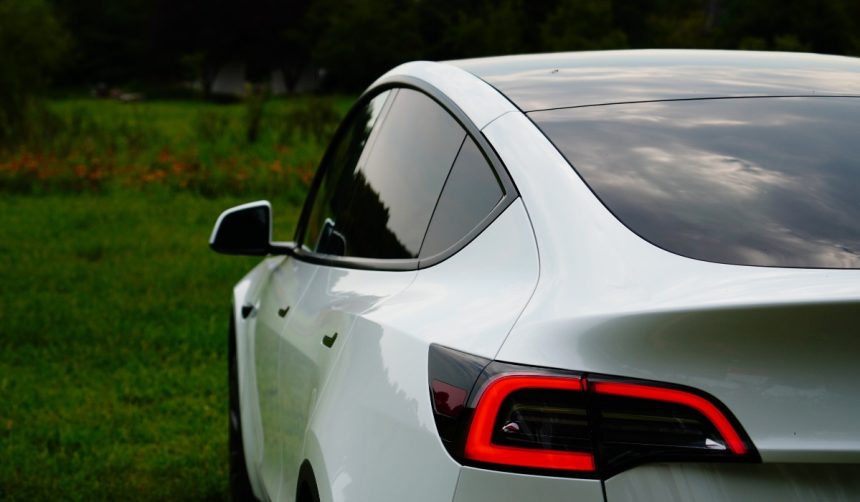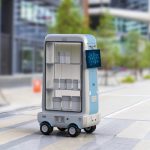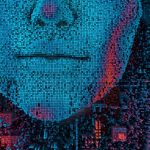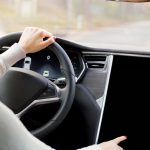With the scheduled release of Tesla’s Full Self-Driving (FSD) version 14 looming, drivers express both optimism and concern over ongoing performance gaps in everyday scenarios. Tesla has introduced several innovative features to the FSD system in previous updates, but attention is turning to routine obstacles that challenge the software, raising questions about its readiness for hands-free, unsupervised operation. Persistent issues with navigation logic, lane discipline, and parking accuracy have surfaced among users who depend on FSD for daily travel and reflect broader expectations as the brand approaches its latest milestone. There is a sense among Tesla owners that while the technology has made significant progress in complex driving situations, refinement in basic tasks remains necessary. The anticipation surrounding FSD v14 underscores the high expectations held by an expanding base of autonomous vehicle enthusiasts eager to witness practical improvements across all driving scenarios.
Previous discussions about FSD updates have highlighted improvements in vehicle recognition, highway maneuvering, and urban driving, but ongoing limitations persist—particularly in fundamental operations like parking and lane use. Earlier praise for Autopark’s manual spot selection contrasts with moments when FSD struggles with simple departures and adherence to traffic regulations. While some releases were lauded for leaps in AI response, driver feedback now focuses on oversights in consistency and logical routing during common journeys, suggesting gaps remain before widespread acceptance of unsupervised full autonomy.
Could Better Navigation Minimize Driver Intervention?
Owners cite frequent issues when FSD determines routes out of parking lots and Supercharger stations, sometimes suggesting illegal or illogical maneuvers. For example, drivers have reported that the system prompts turns which would result in prohibited U-turns or require unnecessary detours, compelling them to override the vehicle’s decisions. Tesla has acknowledged the need for logic improvements in navigational choices and connectivity with local road rules.
FSD v14 will show major improvements, especially in logic and route handling.
The insistence on a more intuitive, lawful routing experience echoes input from a broad user community seeking greater confidence in every stage of their trip.
Does Lane Discipline Remain a Sticking Point?
Autonomous operation on highways exposes FSD’s problematic habit of lingering in the left lane. Current driving laws across multiple U.S. states require drivers to reserve the left lane for passing, but the system sometimes stays in this lane longer than permitted, even when ample opportunities exist to move right. Prolonged overtaking maneuvers have the potential to disrupt highway traffic flow, raising safety and compliance concerns. Users suggest a customizable lane preference setting but note repeated instances where such behavior invites legal scrutiny and undermines driver trust.
We are continually working on making FSD adapt to highway laws more reliably.
Tesla’s acknowledgment of these issues signals a willingness to incorporate regulatory feedback into future updates.
Will FSD Address Parking Oversights in This Update?
Although FSD’s Autopark receives positive reviews when the destination is manually set, the software’s autonomous parking continues to face criticism. Instances of imprecise alignment such as stopping across parking lines, especially when the driver does not intervene, illustrate a lapse in basic spatial awareness. Tesla owners describe the parking experience as inconsistent, finding it paradoxical that the system displays higher competency during complex urban navigation but underperforms during such routine tasks. These cases highlight the need for FSD to meet driver expectations in all circumstances, thereby reinforcing trust and utility.
Analyses from previous software releases indicate that incremental upgrades steadily improved vehicle perception and response in real-time, but criticism endures regarding the software’s handling of essential elements like clear parking lot navigation and lane adherence. Broader user experiences demonstrate heightened anticipation for FSD v14 to bridge these practical gaps, as reliance on manual intervention persists among early adopters.
Enthusiasm and skepticism continue to shape responses to Tesla’s FSD technology as v14 approaches public release. Reports suggest users appreciate improvements in advanced scenarios yet remain frustrated by shortcomings in more basic driving actions. Addressing these core issues—navigate logically, observe legal lane usage, and park accurately—will be pivotal in moving FSD toward unsupervised autonomy and broader societal acceptance. Owners and industry observers will be watching not only for headline innovations but also for incremental refinements that support confidence in everyday use. Understanding existing limitations gives consumers better criteria for evaluating future upgrades and assessing how autonomous features support, rather than detract from, safe and legal driving habits.










